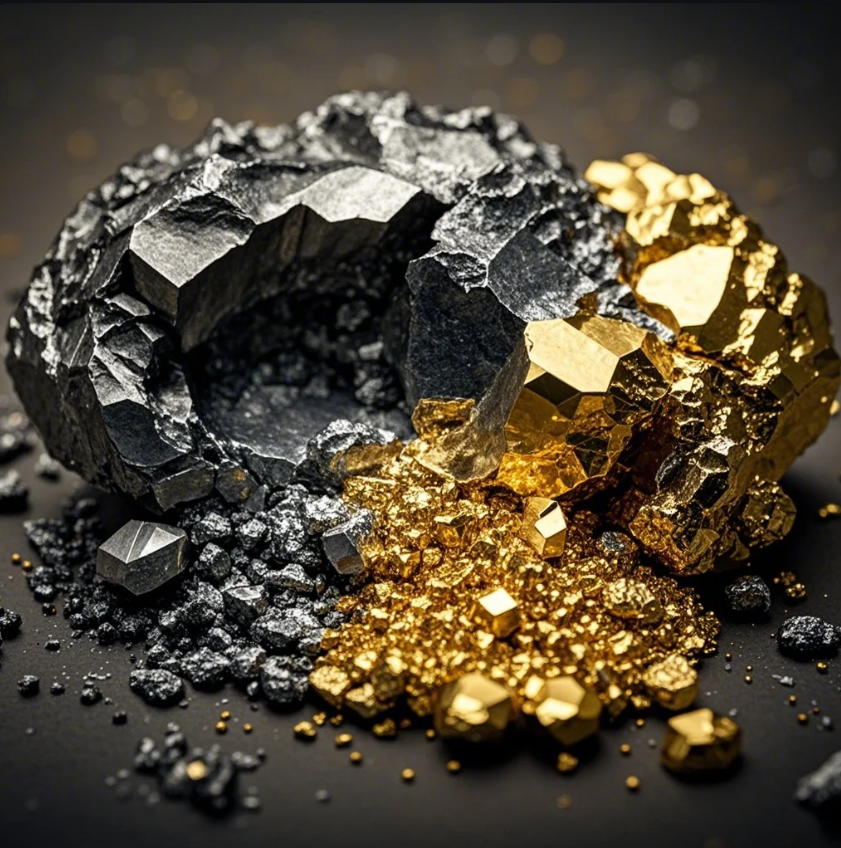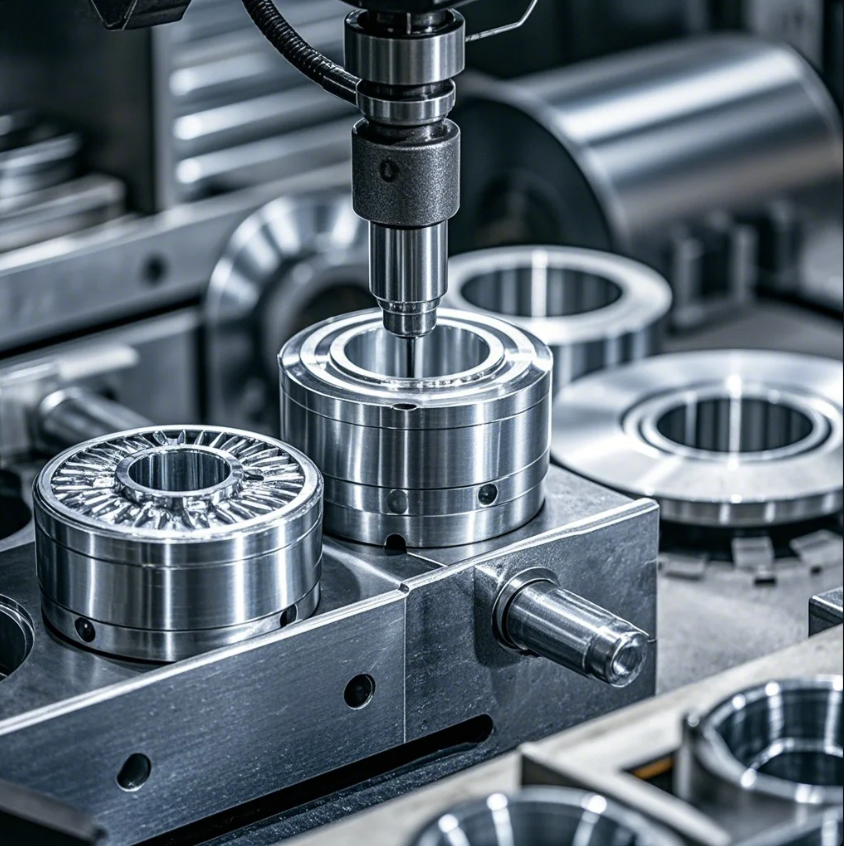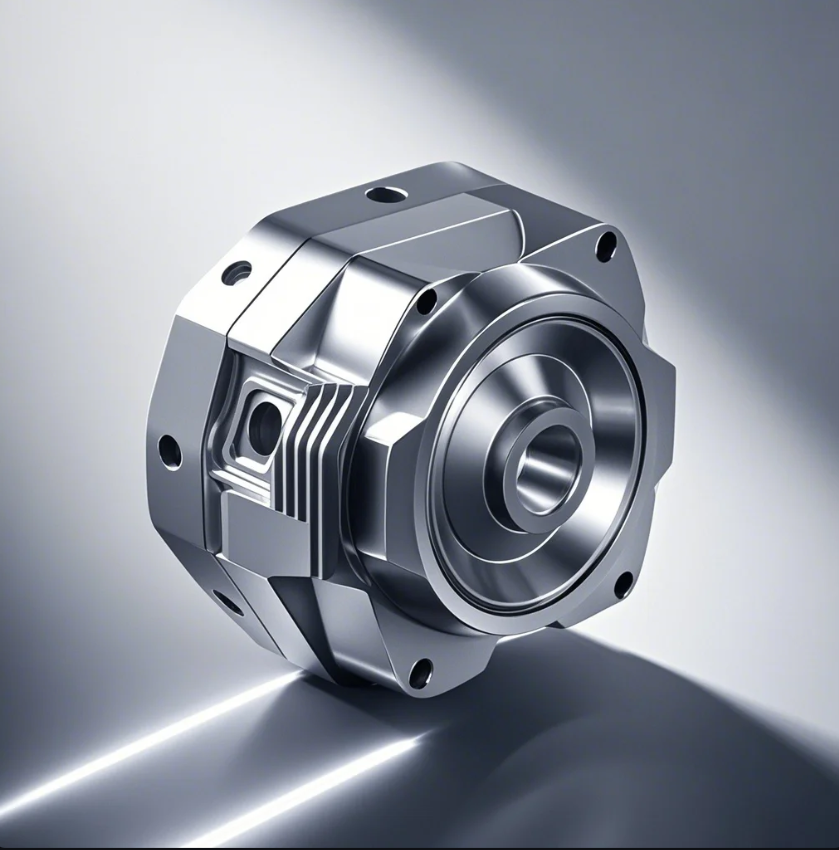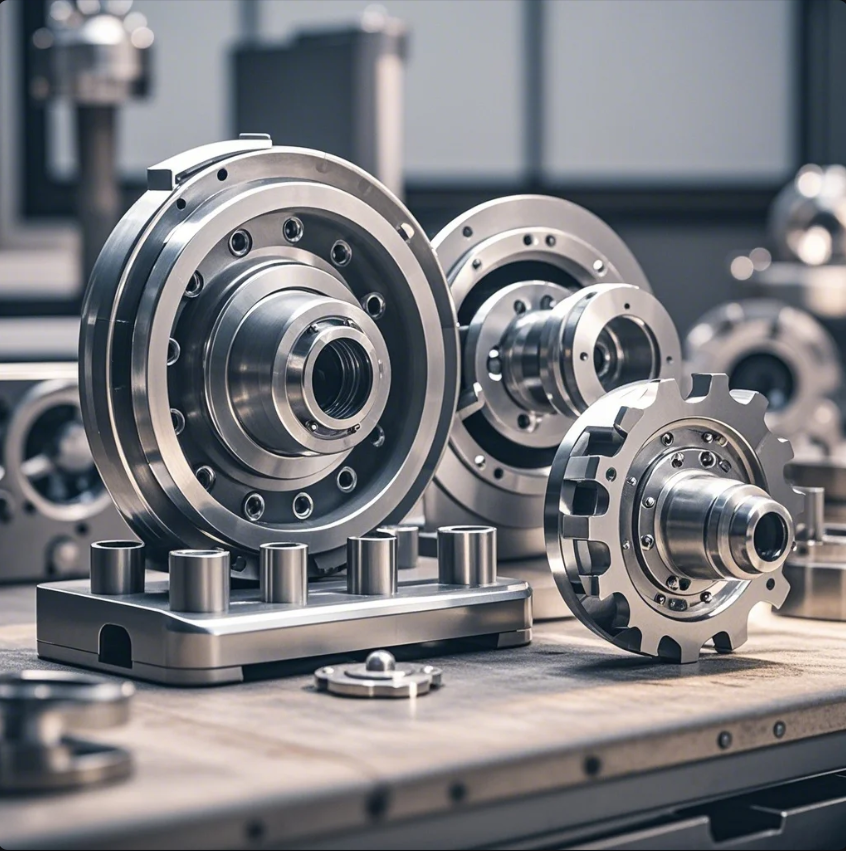The Critical Importance of Metal Casting Parts in Industrial Applications

Every machine, vehicle, and industrial system depends on metal casting parts—yet few buyers realize how much their performance impacts cost, safety, and efficiency. As a 3-decade metal casting specialist, we’ve seen how poor-quality cast parts lead to equipment failures, recalls, and profit losses.
Metal casting enables mass production of complex, durable components (engine blocks, valves, gears) with superior strength-to-weight ratios—making it indispensable in automotive, aerospace, machinery, and energy industries where failure isn’t an option.
Why settle for weak, inconsistent parts when casting technology determines longevity and safety? Let’s examine 5 crucial roles cast parts play across industries.
1. Why Are Metal Castings the Backbone of Automotive Manufacturing?
Modern vehicles cannot function without high-performance castings.
Critical automotive applications:
✔ Engine blocks (heat-resistant, vibration-damped cast iron)
✔ Transmission housings (lightweight aluminum die-casting)
✔ Brake calipers (high-pressure casting for structural integrity)
A single porosity defect in a turbocharger housing can cause catastrophic engine failure.

Cast vs. Forged vs. Machined Parts in Vehicles
| Component | Why Casting Wins | Alternative Limitations |
|---|---|---|
| Cylinder Heads | Complex cooling channels possible | Machining too expensive |
| Wheel Hubs | Better fatigue resistance | Forgings lack design flexibility |
| Suspension Arms | Lower tooling cost for prototypes | Sheet metal welds fail faster |
2. How Do Castings Enable Heavy Machinery Reliability?
Mining, construction, and agriculture equipment demand extreme durability.
Key advantages in heavy industry:
• Impact resistance (ductile iron handles shock loads)
• Corrosion protection (chromium-alloyed castings)
• Mass customization (large one-off castings)
When a cracked excavator pivotpoint causes downtime, losses exceed $15,000/hour.
3. Why Is Metal Casting Essential in Aerospace?
Aircraft need light yet ultra-strong components.
Precision aerospace castings require:
- Titanium investment casting (for turbine blades)
- X-ray-certified porosity levels (<0.1% defects)
- Controlled grain structures (for fatigue life)
A single casting flaw can ground a $100M jet.
4. How Do Cast Parts Improve Energy Infrastructure?
Power plants rely on high-temperature cast alloys.
Critical energy applications:
✔ Steam turbine housings (heat-resistant stainless steel)
✔ Wind turbine hubs (nodular iron for decades of service)
✔ Nuclear valve bodies (radiation-resistant materials)
We supplied 80+ nuclear-grade cast valves passing ASME NQA-1 audits.
5. Why Is Casting Better for Complex Geometries?
Other processes can’t match casting’s design freedom.
Unique capabilities:
- Hollow structures (impossible with machining)
- Internal reinforcements (like cooling fins)
- Near-net-shape (minimal material waste)
3D-printed sand molds now achieve ±0.1mm tolerances.
Conclusion
From microscopic turbine blades to 50-ton hydraulic press frames, metal casting delivers the unbeatable combination of strength, complexity, and cost efficiency. At Prime, we engineer cast solutions that outlast the competition—because industrial clients can’t afford failures. Need mission-critical castings? Let’s discuss how our vertically integrated foundry elevates your supply chain.







